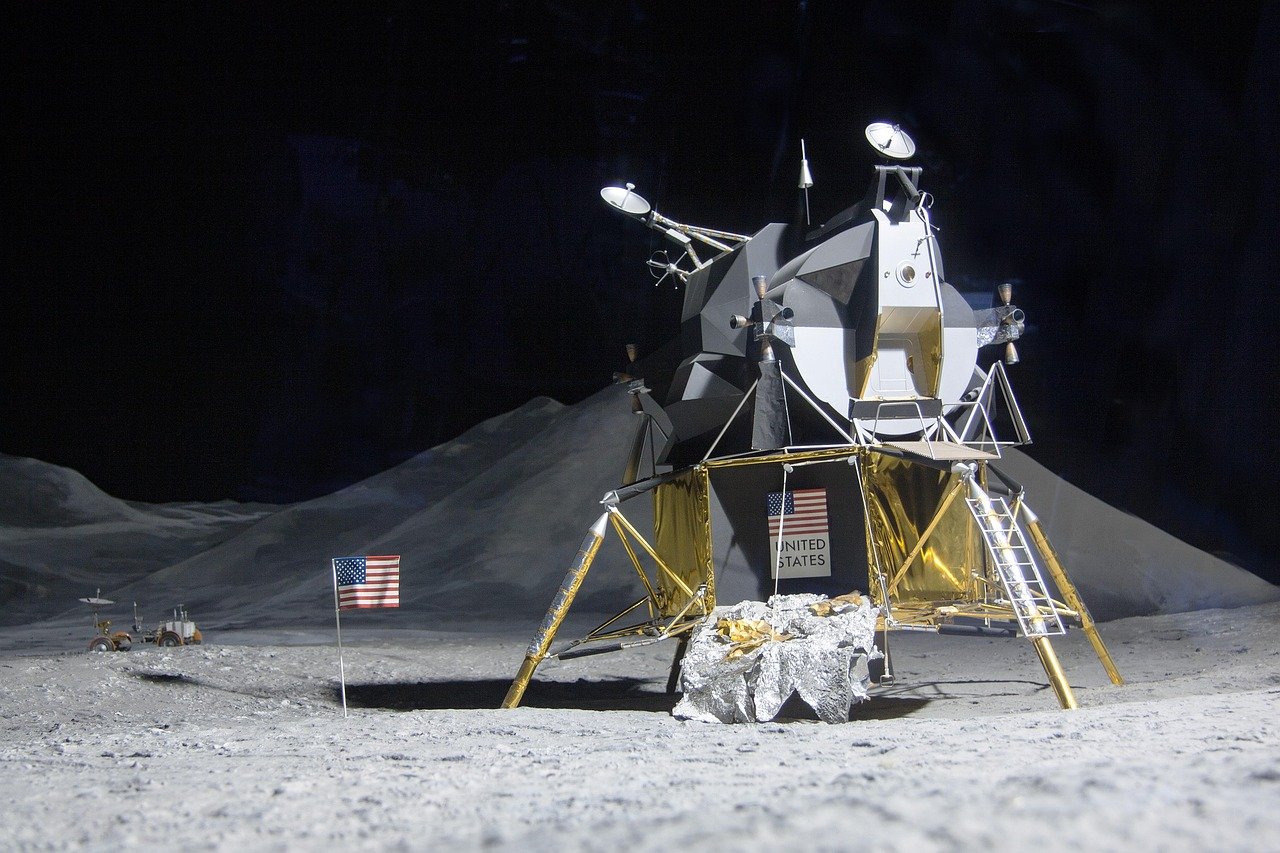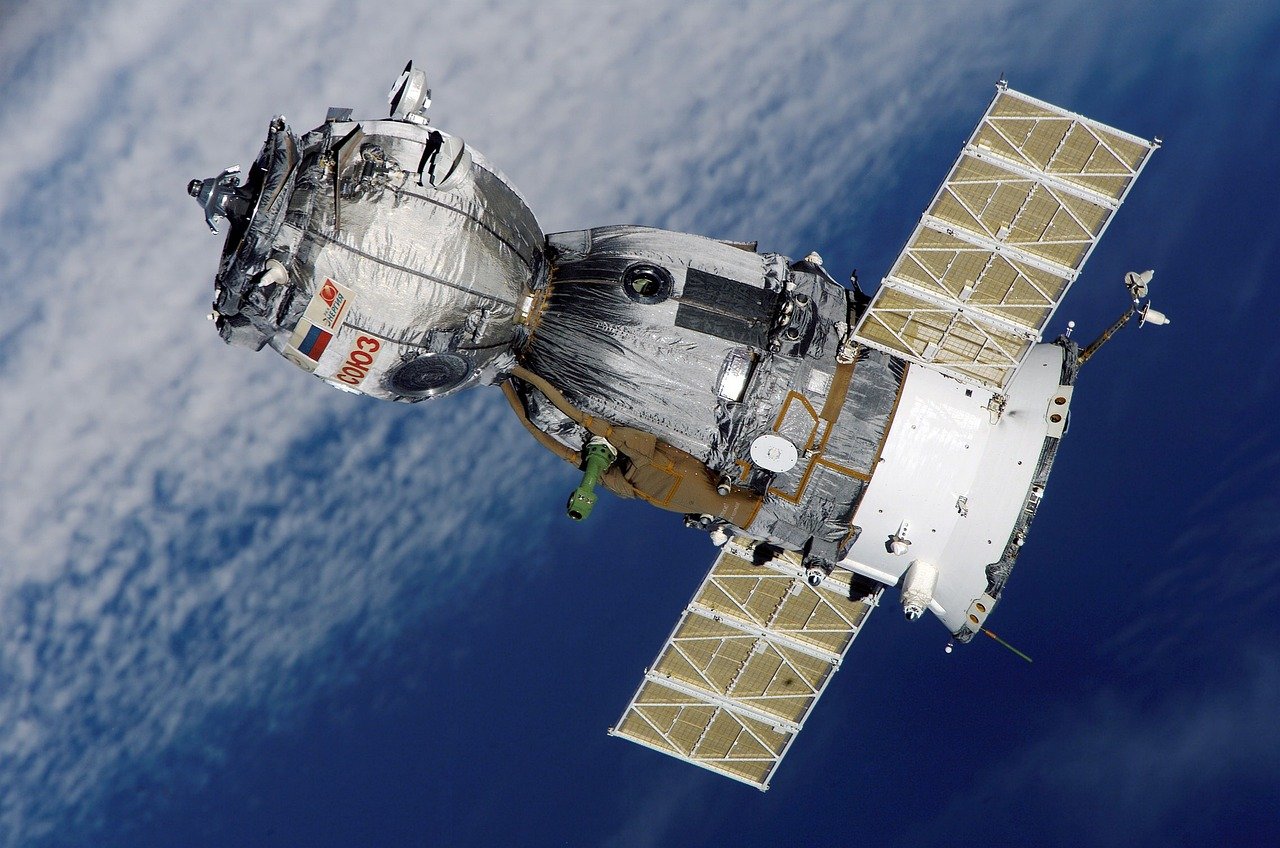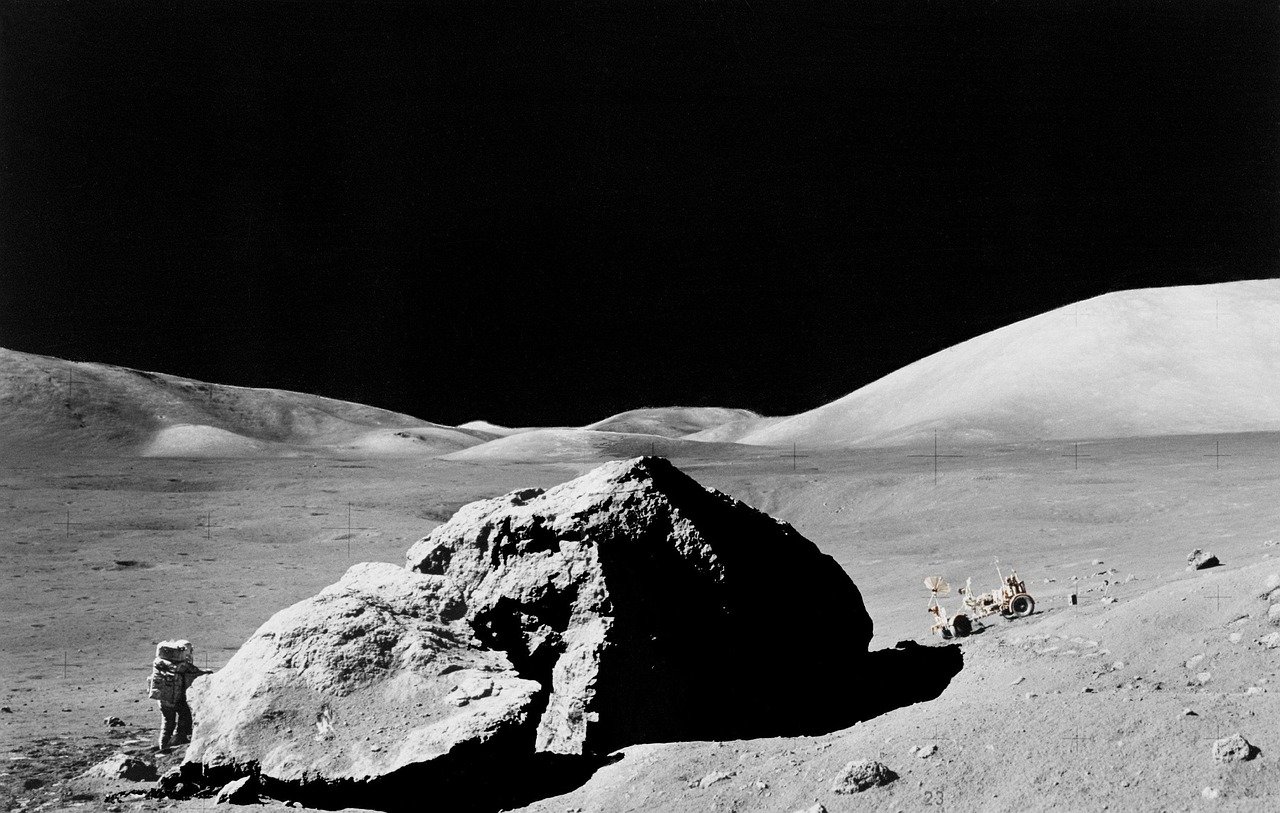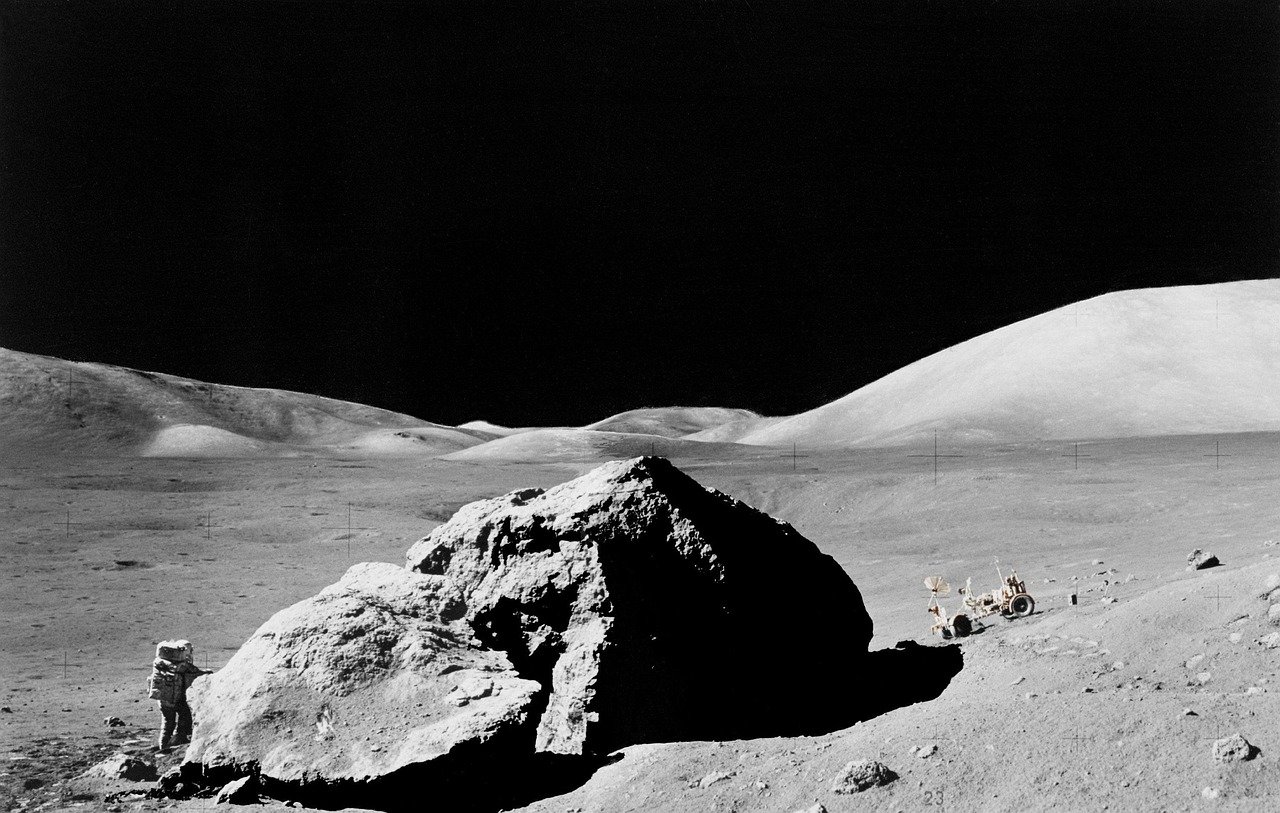Have you ever wondered why, after that breathtaking moment in 1969 when Neil Armstrong first set foot on the Moon, we simply… stopped going? It’s a question that stirs a mix of awe and frustration. For more than fifty years, humanity has gazed up at the glowing lunar surface, dreaming of a return, only to be met with silence. The story is tangled with shifting governments, shrinking budgets, changing scientific dreams, and the relentless march of technology. The reasons are not just one or two—they’re woven together like the craters on the Moon itself, each telling a part of the story that left us earthbound.
The Sudden End of Apollo

The Apollo program was the crowning jewel of American space exploration. Between 1969 and 1972, astronauts walked, drove, and even played golf on the Moon. But after Apollo 17, the missions abruptly stopped. The world was changing fast: the Vietnam War, civil rights struggles, and economic worries pulled attention and dollars away from space. Politicians decided that landing on the Moon had already proven America’s point in the Cold War. More Apollo missions, once planned and even partly funded, were cancelled. The focus shifted to problems closer to home, and the rockets were quietly rolled back into their hangars.
The Cost of Reaching for the Stars
The price tag for Apollo was staggering—about $25 billion in the 1970s, which would be well over $150 billion today. Space exploration, it turns out, is not just about rockets and astronauts; it’s about convincing taxpayers and lawmakers that it’s worth every penny. As the U.S. economy faced inflation, unemployment, and oil crises, NASA’s budget was slashed. Money that once fueled lunar ambitions was needed for schools, highways, and healthcare. Even as technology improved, the lack of funds kept the dream of returning to the Moon on the back burner, gathering dust.
Shifting Scientific Curiosity
In the years after Apollo, scientists started to look beyond the Moon. Mars, with its mysterious red deserts, captured imaginations. The outer planets, glittering with rings and moons, beckoned. Instruments like the Hubble Space Telescope promised to unlock secrets of the universe without the risk and cost of sending people. Many researchers felt the Moon had already given up its biggest secrets. The space community turned its gaze outward, chasing new discoveries in faraway corners of the solar system.
New Competitors on the Cosmic Stage
When Apollo ended, the U.S. was no longer alone in space. The Soviet Union continued pushing forward with their own space program, focusing on space stations and robotic missions. China, India, and other countries began launching satellites and planning their own lunar probes. Instead of another Moon race, the competition shifted to other areas: who could build the best satellites, who could reach Mars first, who could send the most advanced robots. The Moon no longer seemed like the only prize; it was just one target among many.
Technological Hurdles That Refuse to Disappear

Even with all the progress in computers and engineering, the road back to the Moon is trickier than it looks. Building a spacecraft that can safely carry humans, land on the Moon, and return them home is still a massive challenge. Life support, radiation protection, and reliable rockets demand years of testing and billions of dollars. Every setback or delay can add years to the timeline. The Artemis program, NASA’s latest effort, shows just how tough it is: new hardware, new safety checks, and the haunting lessons of past tragedies slow everything down.
The Rise of Private Spaceflight
Not long ago, only governments could afford to send people and machines into space. Now, companies like SpaceX and Blue Origin are building rockets, launching satellites, and talking about mining asteroids. This has changed the game—private money and innovation are speeding up progress, and suddenly, the Moon feels a little closer. But with this shift comes new questions: Who’s really in charge? Will private companies keep their promises, or will profit get in the way? The old, government-led model is being replaced by something new and untested.
The Promise of Artemis

NASA’s Artemis program is the boldest plan yet to put humans back on the Moon. It’s not just about repeating Apollo; it’s about building a lasting presence. The goal: land the first woman and the next man on the lunar surface, and eventually set up a base for longer stays. Artemis is ambitious, aiming for launches in the mid-2020s, but every step is tied to funding fights and technical snags. If it succeeds, it could spark a new wave of exploration, not just to the Moon, but beyond—to Mars and maybe even farther.
Global Excitement for the Moon
The Moon is once again the center of attention around the world. China has already landed robotic explorers and brought back lunar samples. India’s Chandrayaan missions are mapping the surface and hunting for water ice. Even smaller countries, like the United Arab Emirates, are getting in on the action. This surge in global interest could lead to more collaboration, shared technology, and maybe even joint missions. The Moon, once a symbol of rivalry, might become a place for teamwork.
Lessons from History and New Ambitions

Looking back, the Apollo missions were the result of a unique moment in time—an urgent race, a flood of money, and a nation determined to win. Today’s world is different. There’s more competition, more caution, and a deeper understanding of the risks. But there’s also a sense of unfinished business. The Moon still calls to us, promising new discoveries and fresh challenges. With new players and new technology, the next steps may look nothing like the last.
The Human Spirit and the Next Lunar Chapter
The truth is, going to the Moon is about more than just science or politics. It’s about wonder. Standing on another world, looking back at Earth, changes how we see ourselves. Maybe that’s why, after all these years, the dream of returning has never really faded. People still look up and imagine what it would be like to walk where so few have walked. The story isn’t over—it’s just waiting for the next bold chapter.


